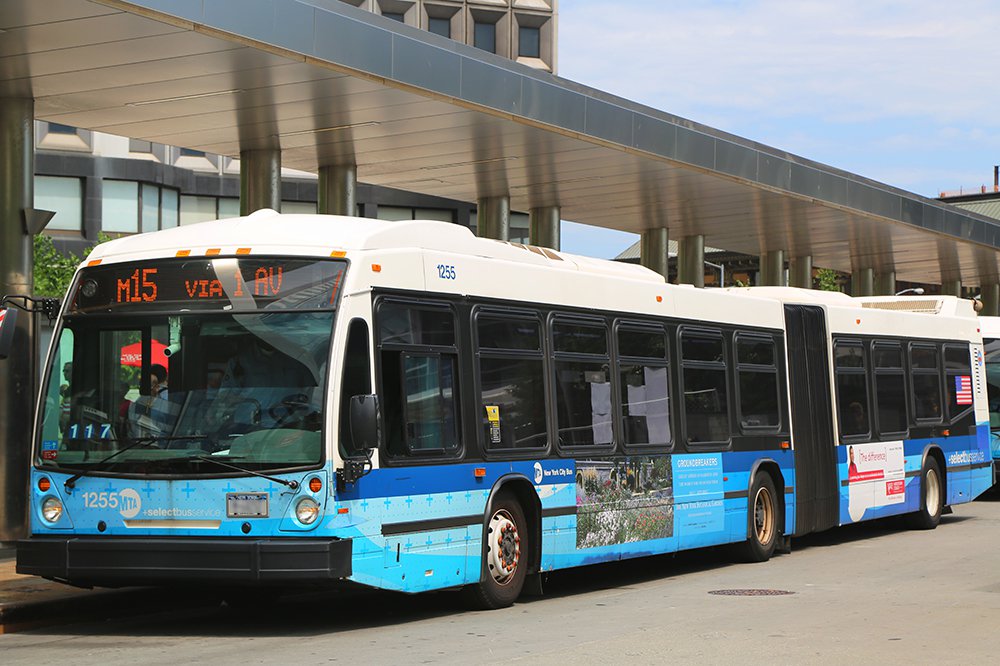As Homeless Crisis Soars, Comptroller Calls for More Social Workers to Support Students in Shelters and Enrollment Policy Changes to Give Our Most Vulnerable Kids a Fair Shot
Following the release of an alarming audit in March of the Department of Education’s failure to support tens of thousands of chronically absent homeless students, New York City Comptroller Scott M. Stringer released a new letter to the NYC Department of Education (DOE) to call for policy changes to give homeless children access to higher-performing schools and add additional support at both the school and shelter levels.
The heartbreaking audit released last month found that 33,000 children lived in City shelters during the 2015-2016 school-year – with 58 percent chronically absent from school. While DOE regulations require that schools contact students’ guardians when students are late or absent without explanation, DOE made no outreach efforts in 75 percent of cases in the audit-sample. Today, Comptroller Stringer’s letter to the Department of Education calls for more social workers for homeless students in schools and shelters, as well as new protocols requiring all schools to admit a percentage of high-need students who transfer or enroll after the DOE’s formal admissions process.
“We want to be as solution-oriented as possible, and we’ve laid out a few common sense steps to give our homeless children a fair shot. We know support staff in shelters is minimal, and we know that homeless children are often placed in low-performing schools if they transfer schools, simply because that’s where space exists. So we’ve laid out some strategic steps that DOE needs to consider,” Comptroller Stringer said. “As a city, we are defined by how we support our most vulnerable children. Homeless children need to be a top priority – they can’t be invisible to the bureaucracy. But right now, the DOE is fundamentally failing to give them a fair shot. If our audit last month was a wake-up call to the bureaucracy, our goal with these proposals is to induce common sense change to help children who need it most. The system is stacked against homeless children – and we need to unstack it.”
The letter details a two-pronged approach to protecting and supporting New York City’s 33,000 homeless students living in shelters. First, since the audit found just 110 “Family Assistants” working with children in shelters, Comptroller Stringer believes DOE should hire more social workers at the school- and shelter-level who have the expertise necessary to help support homeless students and families. Despite early indications of the DOE’s “Bridging the Gap” social worker program showing great promise, the City’s FY19 budget does not adequately fund it.
Comptroller Stringer also proposed that the DOE revise enrollment policies that govern how schools accept transfer and late-enrolling students – or “over-the-counter students” to use DOE nomenclature. These students are often the system’s most transient and highest need children, many of whom can be homeless or temporarily housed. Yet, because in many cases these children change schools after the DOE’s enrollment period has ended, they’re often funneled into low performing schools that are ill-equipped to support them, simply because these schools have available seats.
Consequently, in order to reduce the likelihood that vulnerable students are placed in low-performing schools and increase the chances they’re placed in high-performing district school options, the Comptroller recommended the following:
- The DOE should require all New York City schools to admit a percentage of high need students who transfer or enroll after the conclusion of the standard DOE enrollment processes. That would give our most vulnerable children access to higher performing schools despite mid-year enrollment and decrease the chance that they fall through the cracks.
- The DOE should avoid placing late-enrolling, “over-the-counter” children at schools that have already been identified as low-performing “Priority” or “Focus” schools by New York State, unless expressly requested by the student. This is for the student’s benefit, so that they may secure placement in the highest performing school possible that best serves his or her needs. But it benefits schools as well, since those designated as “Priority” or “Focus” schools seek to make steady progress by consistently improving outcomes for their student population.
To read Comptroller Stringer’s letter to the DOE, please click here.
To read the Comptroller’s audit on the DOE’s failure to support chronically-absent homeless children, please click here.
